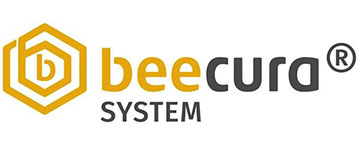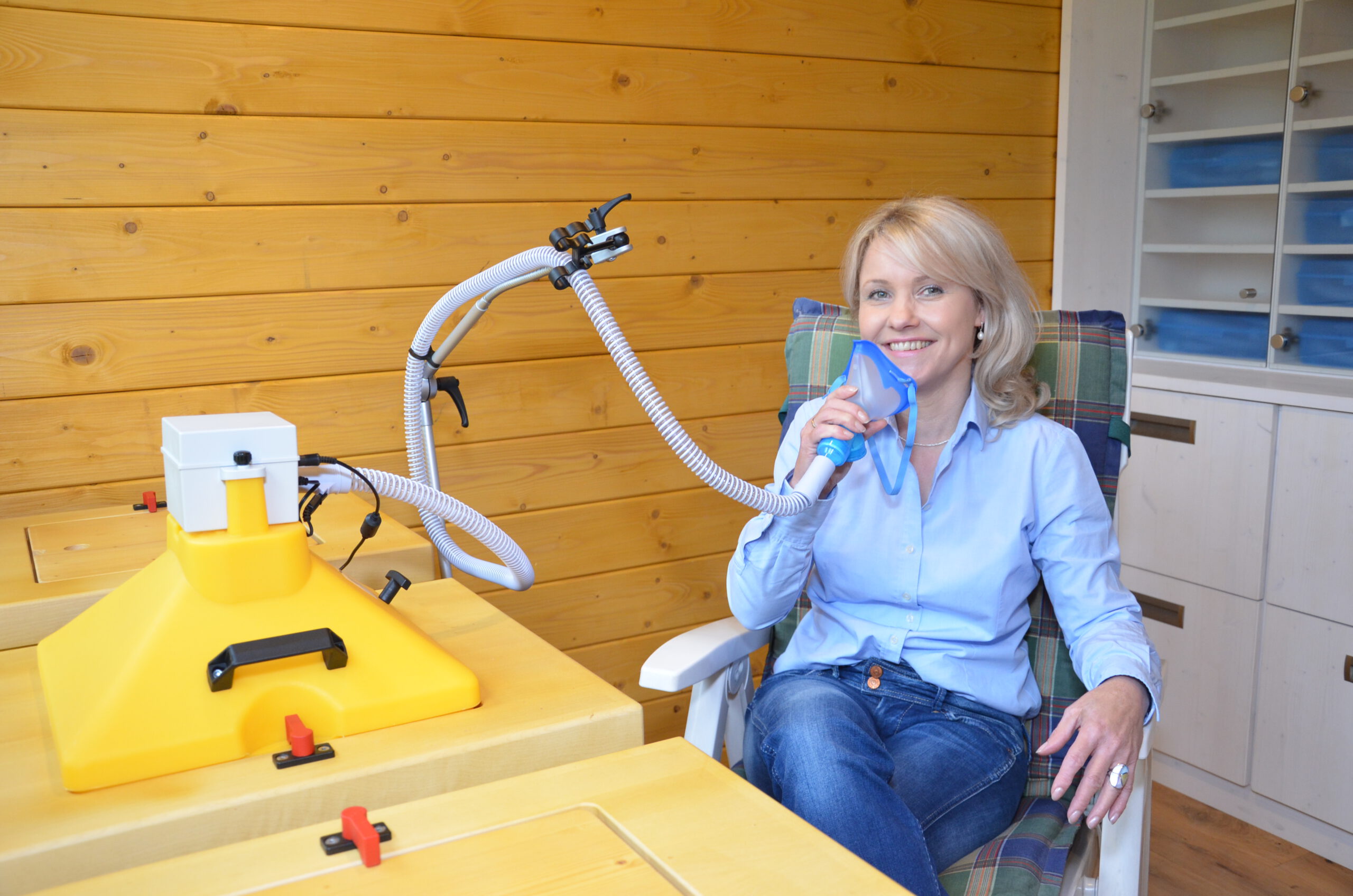Beehive air therapy is used especially for respiratory diseases and allergies. For therapeutic applications using beehive air, specific requirements apply in several aspects. On the one hand, this concerns the actual beekeeping practice and bee colony management. You must also meet certain requirements for the treatment of patients. Here we explain what these requirements are and how you can meet them.
Treat patients safely with beehive air
For a successful, systematic beehive air therapy, safety is one of the most important prerequisites. As versatile as bees and bee products can be used for health, they can also be dangerous in the worst cases. This is especially true for people with certain allergies, such as a bee venom allergy. For this reason, two crucial things must be ensured for a safe therapy with beehive air:
- The therapy session must take place in a bee-free room.
- In principle, beehive air therapy should only be carried out in cooperation with a doctor or naturopath practitioner.
Space requirements for beehive air therapy
- Size of the room
The room must offer enough space for enough bee colonies in beehives and seating for the patients. - Storage space
There should be sufficient storage space for beecura inhalation devices and patient boxes. - Bee freedom
The therapy room must be reliably free from bees. The beehives’ entrance holes must lead directly into the open without the bees being able to enter the therapy room. The patient access to the room should be on the opposite side to the flight direction of the bees. A special and precisely fitting beehive lid with a metal grid ensures that no bees can get into the patient’s airways during inhalation.
In addition, there must be sufficient access to toilet facilities and, if possible, parking facilities.
Only in cooperation with a doctor or naturopath practitioner
Anyone who wants to offer patients beehive air therapy may work with a doctor or naturopath practitioner. Before starting the treatment, the doctor will do a patient anamnesis and determine the number of treatments. In addition, the doctor or naturopath practitioner will check in an initial 10-minute application that the patient does not have an allergic or anaphylactic reaction to the beehive air. The first therapy session can take place 24 hours later. Depending on the symptoms being treated, the doctor or alternative practitioner can also perform regular spirometry test.
After the initial examinations, the therapy sessions will be carried out with trained staff.
The following tasks of the therapy centre operator or his staff include:
- Receive and care for patients. This includes in particular connecting the personal inhalation set consisting of a heated hose, valve and breathing mask for each patient to the beecura inhalation device.
- Add the beecura inhalation device carefully on top of the beehive that you want to use for the treatment and move the device only once onto a second beehive during the 30-minute session.
- Keep the therapy centre clean and functional.
Conclusion
In order to achieve a successful and safe beehive air therapy, providers must meet a number of important requirements. These include, in particular, a bee-free therapy room, collaboration with a doctor or naturopath practitioner, and patient care during therapy sessions. If these requirements are met, patients can be treated safely with beehive air. With a suitable inhalation device, the beehive air reaches the patient safely and hygienically from the beehive.




